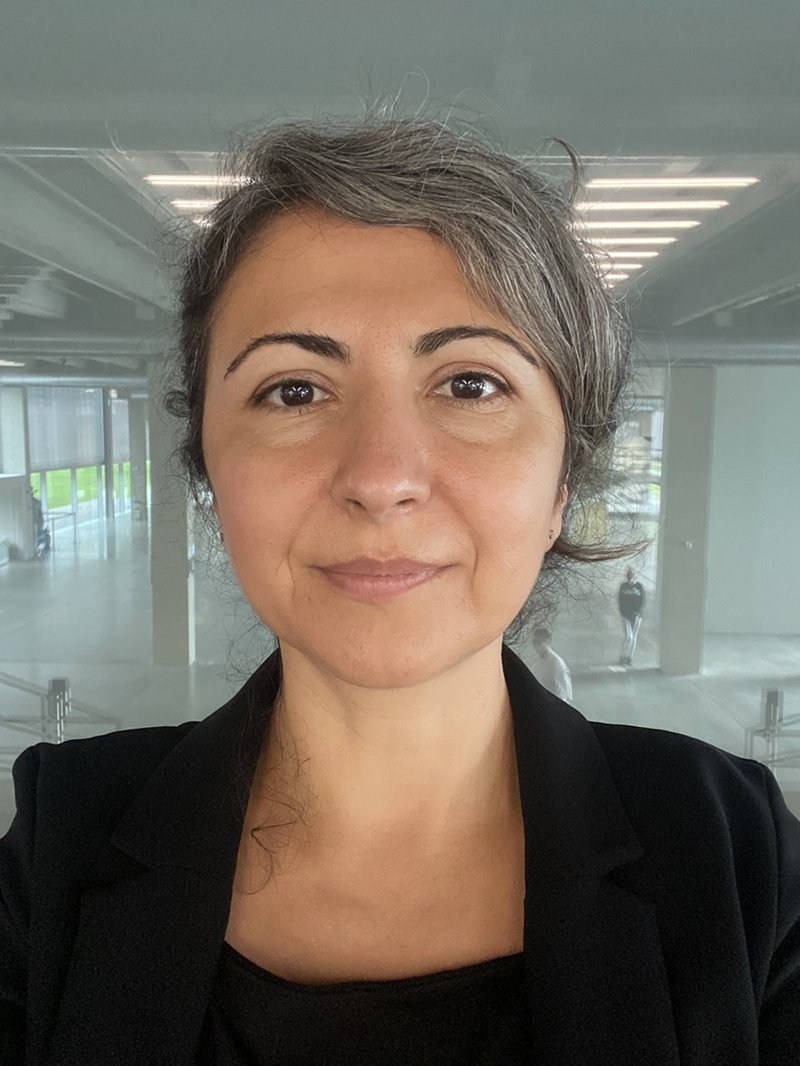Duygu Dogan Taupitz

In 2021, 50 contemporary art curators, researchers, and museum professionals from 32 different countries were awarded support to attend the CIMAM 2021 Annual Conference, in-person and online.
For the first time, and thanks to the generous support of The Getty Foundation who sponsored the virtual platform, 27 grantees attended the conference online, while 23 attended onsite.
Launched in 2005, CIMAM’s Travel Grant Program is designed to foster cooperation and cultural exchange between contemporary art curators and museum directors in emerging and developing economies and their counterparts in other regions of the world.
Duygu Dogan Taupitz's Conference Report
Connectedness, solidarity, mourning, producing systems of support, care, and repair, global/planetary, inherent complexities of resources, feeling and belonging, interdependence, new technologies combined with social justice priorities, practices of care, mourning, politics, and urgency of touch and ways of being together, intimate to planetary, from the micro gesture to the macro, from macro to the infrastructural, deep evolutionary history of life, Diversity – Equity – Inclusion complex, whose emergency is it? Connect intersecting emergencies, colonial dispossession, spatial justice, field and the institution, biopolitics/geopolitics, scale, and proximity.
These keywords and phrases are my notes from different sessions and speakers, and I included them without any order. The whole paragraph is full of urgent topics that all of us experience in different geographies, in different contexts; ecological crises, economic crises, institutional crises, and extreme crises like wars, environmental destruction, migration, eviction. The topics discuss the conditions of the crises and offer different pathways for thinking about living together, connectedness, solidarity, caring, and repairing.
Dipesh Chakrabarty, giving the first speech; provided a scientific look and academic ground for ecological crises, and he explained planetary connectedness, which I think is the key idea that could help search the reasons for the multiple crises and find new ways of dealing with the crises.
Alex Baczynki-Jenkins, performing queer feminist methodologies, shared his experience as an artist and choreographer, and like Chakrabarty; his performances and collective works focus on connectedness, strengthening the feeling and belonging, interdependence. He explained that he asks in his works how museums can engage rehearsing communities of the future; touching, mourning and dance, practices of care and solidarity.
Pelin Tan presented her latest research in the field of extreme crises where she lives and works. She explained that she engages architectural and artistic methods in her research and suggests finding modalities against extractivism that instrumentalized the landscapes and infrastructures on a planetary scale. She offers that we need to think about the role of the institutions and construct structures of solidarity based on proximity.
Otobong Nkanga explained that Mediterranean and African land that is subject to colonization and extractivizm; are the places that nourish the world and also the places that have extreme crises. As an artist, she focuses on creating structures for care and repair through searching inherent complexities of resources like soil and earth.
T. J. Demos discussed the role of the intuitions in the Diversity – Equity – Inclusion complex explained how established art institutions contribute to the DEI and how they use the museums and art as shields for their destructive actions, referring to movements like Strike-Moma.
As an exhibition architect working in an art institution, I felt part of a vital discussion that people from different practices presented their current studies, researches, or work on the very urgent issues of the planet. The presentations included institutional or non-institutional, collective or independent experiences. It was a great chance to hear practices, reflect on the many aspects of multiple crises, see the emergencies and priorities in different parts of the world, in different localities and institutions, and deeply feel the scientific and social connectedness.
Note: I have participated in the conference online. Unfortunately, I was unsuccessful with the interface; I could not follow the networking sessions. Therefore, my report comprises notes and comments about the panels, presentations, and group discussions.